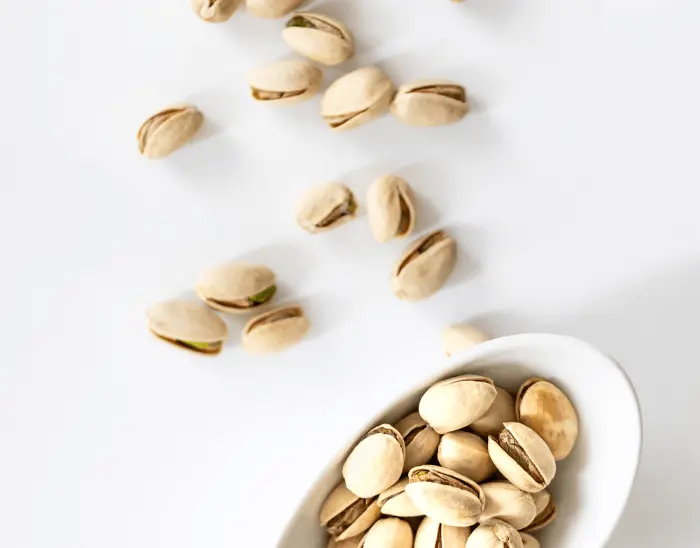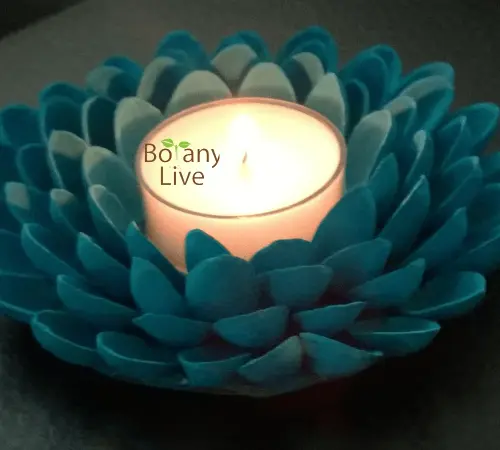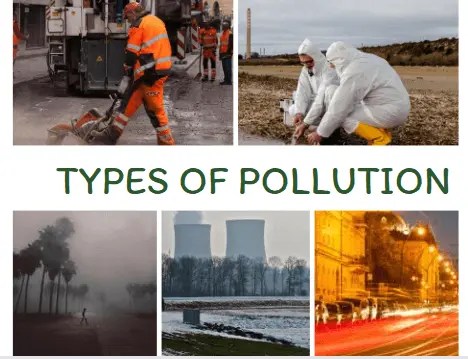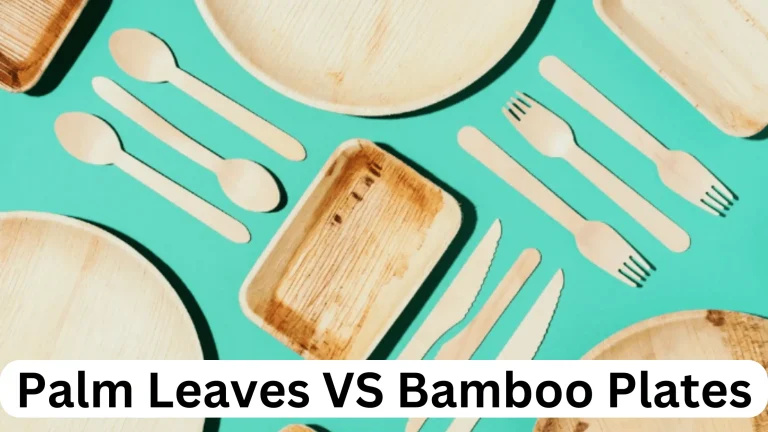Can You Compost Pistachio Shells? Are They Really Biodegradable?
In our quest to be greener, sustainable and more humane living, we often overlook the goldmine that is organic waste. Among such underappreciated riches are pistachio shells. After reading these initial lines, you would be thinking, “can you compost Pistachio shells?” The answer is YES. How, when, what could be the use of these, how much time it will take, all these questions will be answered in the coming lines.
Commonly, these shells are discarded as trash. However, the power of composting is indeed far-reaching, turning what we see as waste into a useful product for our gardens and the environment. The EPA says, cites composting as a significant contributor to reducing methane emissions from landfills. This composting can help to lower our carbon footprints.
In this article, we will explore the many benefits and methods of composting pistachio shells. We will try to list all the useful products those can be made using this waste.
The Magic of Composting
Composting, a natural process, is an art of recycling organic waste into nutrient-rich soil, a precious resource that gardeners lovingly call “BLACK GOLD”. This natural process mimics Mother Nature’s decomposing method of dealing with dead organic matter, breaking it down into a humus-rich material that enhances soil fertility.

The magic of composting lies in the balance between carbon and nitrogen-rich materials. This particular ratio is called C:N. This C:N ratio should be more or less equal to 30:1. Microorganisms break down these materials, generating heat and transforming your kitchen waste into a powerful soil amendment.
What are Pistachio?
before knowing the answer to “can you compost pistachio shells?” you must know what are pistachio? Pistachio (Pistacia vera) is a desert plant, common in Middle east. Its fruit is called drupe. A drupe is a fruits that has split outer cover, covering the inner edible part. Its hard outer shell split open a bit to expose inner edible part.
Can you Compost Pistachio Shells? Are they Biodegradable?
Yes! Pistachio shells are both compostable and biodegradable. Their fibrous nature lends well to the composting process, breaking down over time into beneficial organic matter. Notably, the shells are carbon-rich, a crucial element in composting that works harmoniously with nitrogen-rich green materials such as vegetable scraps.
See Also
Is Sill string biodegradable, Uncovering the environmental aspects.
How can you compost Pistachio Shells?
The composting and degradation process is an oxidation process. It requires oxygen. The presence on moisture boosts this process to high. Composting pistachio shells is a straightforward process involving four main components:
- Shells (carbon)
- Green waste (nitrogen)
- Water
- Air
As these elements interact in the compost pile, the shells gradually break down, providing valuable carbon to the mix. Cornell University’s Waste Management Institute offers an insightful look into composting dynamics.

How Long Do Pistachio Shells Take to Decompose?
The more the woody and hard material it is, the more slowly it would release nutrients. Given their hardy, woody nature, pistachio shells require more time to decompose than softer compost materials. On average, they may take anywhere from 1-3 years to fully break down. However, their extended decomposition timeline ensures a slow, consistent release of nutrients to the soil.
Creative Uses for Pistachio Shells
Pistachio shells can be used in the following ways;
1. Art and Craft Projects
From mosaics to Christmas ornaments, the potential for upcycling pistachio shells is immense. Their unique shape and natural hue offer a touch of organic beauty to your DIY projects. For creative inspirations, check out some art ideas.

2. Pistachio Shell Candles
Incorporating pistachio shells into homemade candles not only adds an interesting texture but also lends an organic, rustic appeal to your creative ideas.

3. Homemade Potpourri
Scent your living spaces naturally with homemade potpourri. For this, you need to asak pistachio shells in your favorite essential oil or scent. Afterwards, mix with dried botanicals like seeds or other epicarps or pericarps, and creates a delightfully aromatic blend.
4. Slug and Snail Deterrent
The sharp edges of pistachio shells can help keep slugs and snails out at the bay, protecting your garden from these common pests. You can also sow more seed, use slug pellets, or some other organic controls as suggested by Gardener’s World.
5. Drainage Aid for Potted Plants
As we have seen that Pistachio shells are helpful in giving a better soil structure when used as soil amendment. A layer of pistachio shells at the bottom of your plant pots can improve drainage and prevent waterlogging. Getting rid of waterlogging is necessary as it may lead to the root rot in your precious plants.

Conclusion
For sustainable lifestyles, reusing the organic products and composting our organic waste, including pistachio shells, can be a small but significant step. This will reduce our carbon footprint. So, the next time you crack open a pistachio, remember – the shell’s journey doesn’t have to end there. Let’s create a greener world, one compost bin at a time! For more information on reducing waste and the benefits of composting, visit EPA’s page on waste reduction. This shift in mindset can be the beginning of a greener, more sustainable future.
“Turn your waste into wealth. Unleash the power of pistachio shells!”
FAQs
I’m Dr Qaiser Maqsood (PhD), a dedicated researcher and expert in Biological Sciences, Gardening, Bio-Diversity, Ecology, and Environmental Sciences. I’m much concerned about Environmental Pollution, Climate Change, Plantation, Gardening, and Global Warming. My passion is to explore innovative solutions in all these fields.
Be aware that we have ONLY ONE EARTH. Protect it!!






